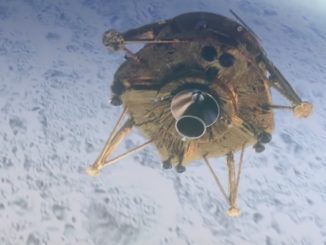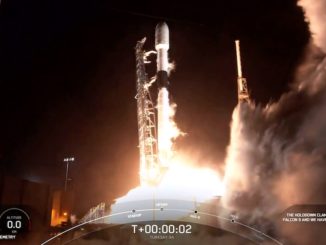EDITOR’S NOTE: Updated at 7 p.m. EST (0000 GMT) with additional details on the mission.
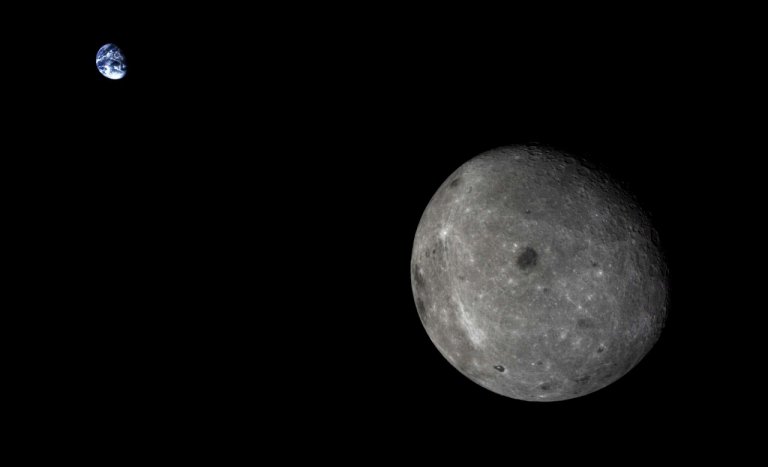
A robotic lander and rover lifted off Friday (U.S. time) from China’s Xichang space center, kicking off a journey that will culminate in an attempt in early January to touch down on the far side of the moon for the first time.
The Chang’e 4 mission — the fourth in China’s main line of lunar explorers — lifted off at 1823:34 GMT (1:23:34 p.m. EST) Friday from Xichang, an inland spaceport nestled between hills in southwestern China’s Sichuan province.
Chang’e 4 climbed into the night sky at Xichang — liftoff occurred at 2:23 a.m. Beijing time Saturday — toward the east affixed to the top of a Long March 3B rocket.
Chinese state television did not broadcast the launch live, as it did for China’s previous lunar mission launch in December 2013, but spectators near Xichang streamed live video of the middle-of-the-night blastoff online without commentary. The video showed the Long March 3B disappearing into the night sky a few minutes after an apparently smooth liftoff from Xichang.
The three-stage Long March 3B rocket injected the Chang’e 4 spacecraft on a trajectory toward the moon less than a half-hour after liftoff, Chinese officials confirmed.
Chang’e 4 is expected to enter lunar orbit Tuesday after a series of course-correction maneuvers, then use braking rockets to descend to the moon’s surface, targeting a landing inside the 110-mile-wide (180-kilometer) Von Karman crater in moon’s South Pole-Aitken basin region in early January.
Chinese officials have not released the exact landing date for Chang’e 4, but engineers are expected to target touchdown when the landing site is in sunlight.
No mission has explored the surface of the far side of the moon before, and if successful, Chang’e 4 will be a major first in space exploration, reaching a destination that has long been on the to-do list for NASA and international space scientists.
Chang’e 4 uses spare hardware built for China’s Chang’e 3 lunar lander and rover, which arrived at the moon in December 2013 with a touchdown in the Mare Imbrium volcanic basin on the near side of the moon.
The rover ceased driving a few weeks after landing, but some of the craft’s instruments continued to function for a couple of years, and the stationary lander — a carrier module that delivered the rover to the lunar surface — was still operating earlier this year, according to an update issued by Chinese officials at the time. The Chang’e 3 rover, named Yutu and designed to drive up to 6 miles (10 kilometers), traveled around 374 feet (114 meters) before losing its mobility due to a hardware failure, according to Chinese scientists.
“There are plenty of successful missions with successful landings on the near side of the moon, including Chang’e 3 in Mare Imbrium,” said Jun Huang from the Planetary Science Institute at the China University of Geosciences, in a presentation to U.S. scientists in March at the Lunar and Planetary Science Conference in Texas. “This mission has lasted for nearly five years, and it increased our knowledge about the moon greatly, however, we don’t have (until Chang’e 4) a mission dedicated to taking precision mesurements of the far side of the moon.”
There are some key differences between Chang’e 3 and Chang’e 4. For example, the lander heading for the far side of the moon will not carry a robotic arm or an Active Particle X-ray Spectrometer, an instrument capable to measuring the chemical elements in lunar rocks and soil.
In addition to a suite of cameras on both the stationary lander and rover, the mission aims to deliver a new set of sensors to the lunar surface, some of which are provided by European scientists.
The roughly 2,600-pound (1,200-kilogram) landing module, which will make a rocket-powered landing on the moon like Chang’e 3, carries a low frequency radio spectrometer developed by Chinese scientists for astrophysics research. A German-developed neutron and dosimetry instrument on the stationary lander will measure radiation levels at the Chang’e 4 landing site, collecting data that could be useful in planning human exploration of the lunar far side, studying solar activity, and gauging the underground water content in Von Karman crater.
The Chang’e 4 rover, which weighs around 300 pounds (140 kilograms), hosts a ground-penetrating radar to study geologic layers buried under the landing site, and a visible and near-infrared spectrometer to gather data on soil composition. Chinese officials approved the addition of a Swedish instrument on the rover to study the interaction between the solar wind and the lunar surface, which is not shielded by an atmosphere from the bombardment of charged particles originating at the sun.
Chang’e 4 will also deliver to the moon a student-designed carrier containing potato seeds and silkworm eggs. University students and scientists will monitor the growth of the organisms, which are housed inside a chamber and fed natural light and nutrients once on the lunar surface.
Speaking to an audience of U.S. scientists earlier this year, Jun said the biological experiment aboard Chang’e 4 is “quite unique and interesting.”
“There will be a micro-ecosystem inside,” Jun said. “There are some vegetables and worms, which I think will be a good astrobiological demonstration.”
Jun said the experiment to place seeds and eggs on the lunar surface could also help engage the public.
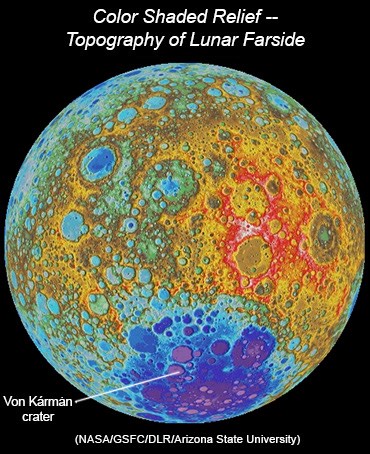
Upgrades installed on the Chang’e 4 rover could allow it to reach the original design goal of Chang’e 3, which was to drive as far as 6 miles across the lunar surface, according to Jun.
Payloads aboard Chang’e 4 include experiments developed by at Harbin Institute of Technology, Zhongshan University, and Chongqing University of Science and Technology, according to the China National Space Administration.
“The soft landing and exploration of the far side, which has never been done before, will gain first-hand information about the terrain and lunar soil components and other scientific data, which will help enrich our understanding of the moon and the universe,” said Zhang He, executive director of the Chang’e 4 probe project, in a report published by China’s state-run Xinhua news agency.
The moon is tidally locked with Earth, so the same side of the lunar surface always faces our planet. One of the critical challenges in sending a mission to the far side of the moon — the hemisphere that always faces away from Earth — is communications.
China launched a dedicated relay satellite named Queqiao in May to pass off signals between ground controllers in China and the Chang’e 4 spacecraft when it is outside of direct radio contact. Queqiao, which means “magpie bridge” in Chinese, flew into a “halo orbit” around an Earth-moon gravitational balance location — called a Lagrange point — around 40,000 miles (65,000 kilometers) beyond the moon.
At that location, the combined effect from gravity from Earth and the moon keeps Queqiao at roughly the same distance as the moon completes each 28-day orbit around our planet.
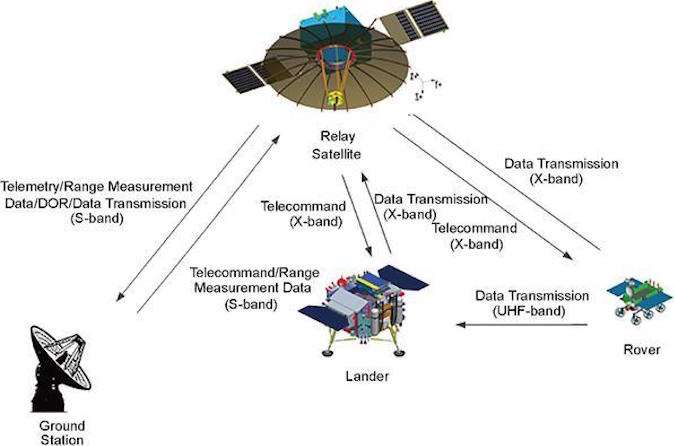
Chang’e 4 is the final planned mission in the second phase of China’s lunar exploration program. China’s first lunar mission — Chang’e 1 — launched in 2007 and surveyed the moon from lunar orbit for more than a year before impacting the surface in 2009. The Chang’e 2 orbiter launched in 2010, explored the moon several months, then flew to a more distant libration point and escaped the Earth-moon system to fly by an asteroid in 2012, a first for China’s space program.
Following the Chang’e 3 and Chang’e 4 lunar lander missions, China plans to launch the Chang’e 5 spacecraft in late 2019 to land on the near side of the moon, collect samples and return the specimens to Earth. The sample return mission would be the first to return material from the lunar surface to Earth since the Soviet Union’s Luna 24 mission in 1976.
China launched a prototype re-entry capsule on a trajectory around the moon and back to Earth in 2014 to test the ship’s ability to withstand re-entry into the atmosphere on a return from deep space, which subjects the spacecraft to higher speeds and hotter temperatures than a re-entry from low Earth orbit. The Chang’e 5 T1 precursor mission was a success.
A follow-up mission named Chang’e 6, using spare components from Chang’e 5, could attempt a sample return from the far side of the moon in the early 2020s, and China is developing long-range plans to send humans to the moon in the 2030s.
China is also working on a Mars rover for launch in 2020.
China’s growing push for international collaboration in space
The inclusion of instruments on Chang’e 4 from Kiel University in Germany and the Swedish Institute of Space Physics marks the first time international payloads have flown to the lunar surface on a Chinese lander.
China’s Queqiao data relay craft also carries an international science payload. Dutch scientists developed a low-frequency radio receiving flying on Queqiao to study how future missions heading to the far side of the moon could be used for astronomical observations, taking advantage of a “radio quiet” interference-free zone where the moon blocks natural and human-made radio emissions from the sun and Earth.
Two tech demo microsatellites also launched with Queqiao earlier this year, each with their own radio astronomy payloads and optical cameras from Saudi Arabia. One of the small spacecraft reportedly failed to enter lunar orbit, but the other successfully arrived at the moon and beamed imagery back to Earth.
Zhang Kejian, head of the China National Space Administration, or CNSA, said in October that the Queqiao relay satellite could be used by future lunar missions by other countries to the moon’s far side. Zhang also announced at the International Astronautical Congress in Bremen, Germany, that an extra 22 pounds, or 10 kilograms, of payload capacity will be available on the Chang’e 6 mission for small instruments provided by institutions outside China.
There will also be opportunities for international science experiments on China’s space station, scheduled to be completed in 2022, Zhang said.
“We welcome international participation by using the Chinese space station for scientific research,” Zhang said in October. “The Mars and planetary missions of CNSA are being also implemented, and we look forward to having international cooperations in this particular area.”
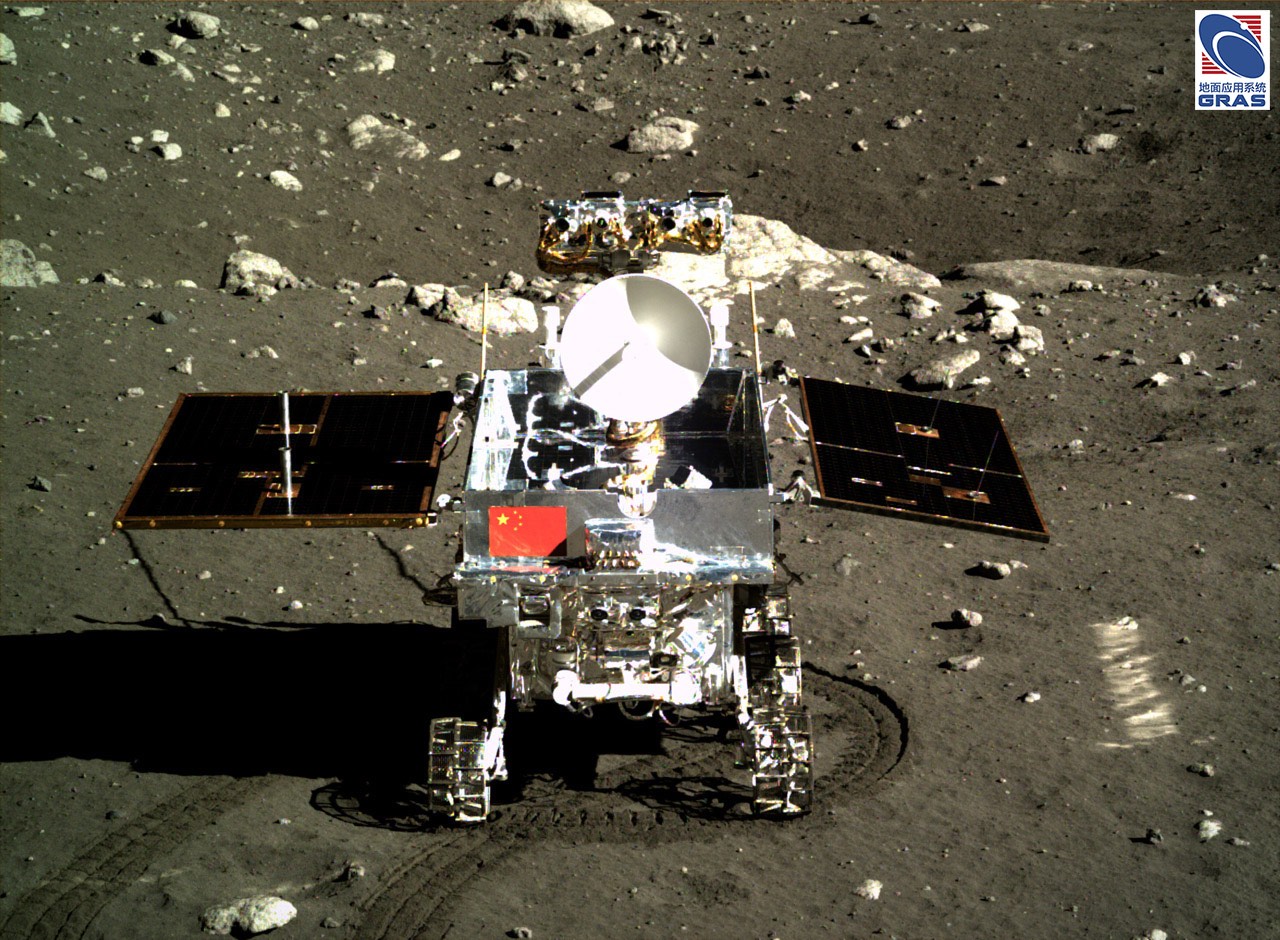
While space agencies in Europe are looking to expand partnerships with China’s space program, NASA is banned by law from bilateral cooperation with China in space exploration. A provision inserted by former Rep. Frank Wolf, R-Virginia, in a NASA funding act in 2011 — and still in effect — prohibits the space agency from most forms of collaboration with China, such as direct agreements to support missions led by each nation.
At the same space industry meeting in Bremen, NASA Administrator Jim Bridenstine, a former Oklahoma congressman, said he is concerned about China’s military space efforts, but added that the space agency is open to expanded cooperation with the Chinese space program.
“From a U.S. government perspective, it is a concern,” Bridenstine said, referring to China’s advancing military space capabilities, and the blurred boundaries between the country’s civilian and military space programs. “From a NASA perspective, we’ll do whatever the U.S. government permits us to do in order to cooperate where there are common interests, and there are areas where there are common interests.”
Data-sharing between U.S. and Chinese scientists continues, and some non-governmental institutions have arranged technical dialogs and data exchanges between top researchers working on NASA and Chinese space missions.
“Where we can cooperate is on data, and they’re doing some amazing scientific experiments,” Bridenstine told reporters in October. “They are flying to the far side of the moon, and the United states is doing some amazing scientific experiments, and we can share data and collaborate that way, so each country can learn even more about science. This could be the first confidence-building measure that is necessary to establish the kind of relationship that’s necessary to go to the next step.”
Bridenstine also emphasized the importance for all space powers, including China, to work together on limiting space debris in Earth orbit, and ensuring satellites do not collide or interfere with each other in space.
“There is no issue on the face of the planet, as it relates to space, more important for all of us to get right than that issue,” Bridenstine said. “We need to preserve the space environment for generations to come, and the only way we’re going to be able to do that internationally is to collaborate in mitigation, and ultimately space situational awareness and space traffic management, and even remediation of orbital debris. So I think there are ways we can collaborate.”
“We do collaborate already,” Bridenstine said. “I think there are more ways to collaborate, but we do need to build confidence so we can do even more in the future.”
Email the author.
Follow Stephen Clark on Twitter: @StephenClark1.

